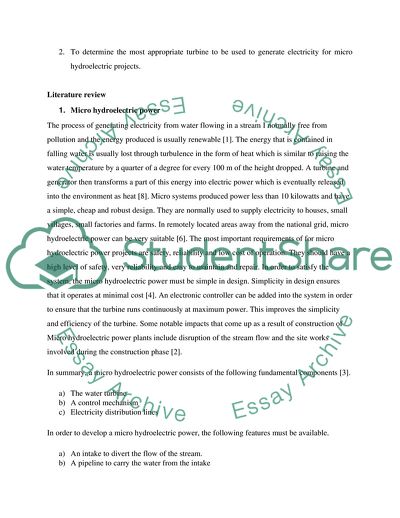Cite this document
(The Design of a Multi Propeller Turbine Unit Case Study Example | Topics and Well Written Essays - 3000 words, n.d.)
The Design of a Multi Propeller Turbine Unit Case Study Example | Topics and Well Written Essays - 3000 words. https://studentshare.org/design-technology/1863756-thermofluid
The Design of a Multi Propeller Turbine Unit Case Study Example | Topics and Well Written Essays - 3000 words. https://studentshare.org/design-technology/1863756-thermofluid
(The Design of a Multi Propeller Turbine Unit Case Study Example | Topics and Well Written Essays - 3000 Words)
The Design of a Multi Propeller Turbine Unit Case Study Example | Topics and Well Written Essays - 3000 Words. https://studentshare.org/design-technology/1863756-thermofluid.
The Design of a Multi Propeller Turbine Unit Case Study Example | Topics and Well Written Essays - 3000 Words. https://studentshare.org/design-technology/1863756-thermofluid.
“The Design of a Multi Propeller Turbine Unit Case Study Example | Topics and Well Written Essays - 3000 Words”. https://studentshare.org/design-technology/1863756-thermofluid.


